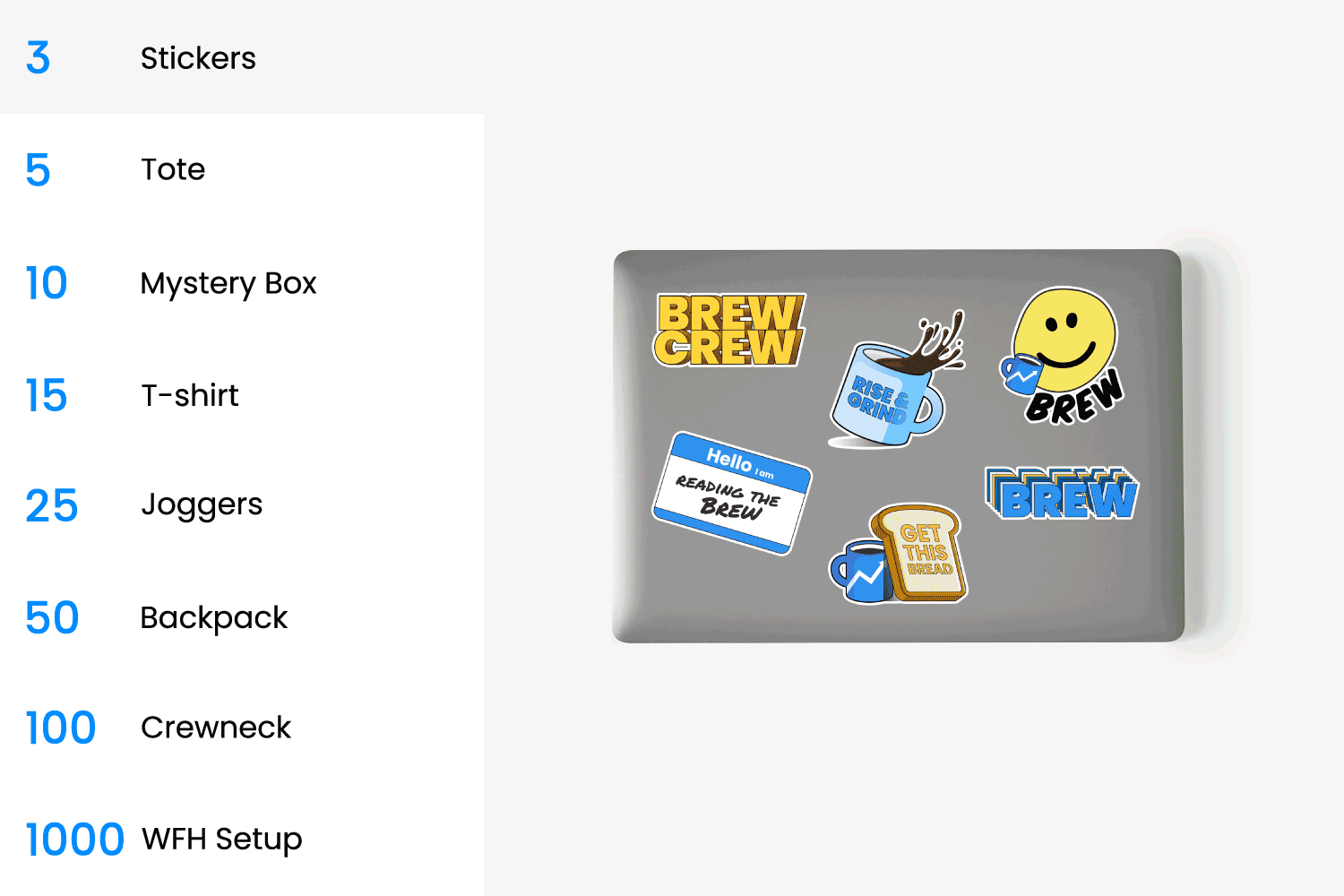Greetings, folks! There’s just two weeks left until Halloween—if you need to step away from work to put the finishing touches on your (or your kid’s) costume, we won’t tell.
In today’s edition:
 And, action! And, action!
 Not in the budget Not in the budget
 HR 101 HR 101
—Courtney Vinopal, Amanda Schiavo
|
|
Francis Scialabba
Prior to the Covid-19 pandemic, Amy Casciotti’s HR department faced major challenges engaging with employees ahead of open enrollment. Employees didn’t fully understand the company’s benefit offerings and often waited until the last minute to enroll.
“It was routinely that we’re coming into the last day of open enrollment, and we’d have 20-plus percent of our company that had not even started open enrollment, let alone completed it,” said Casciotti, the VP of HR for TechSmith, a screen capture and recording company based in East Lansing, Michigan. “If you have 20% of your company that’s not filling out their stuff, that’s a pretty big deal.”
Casciotti’s team looked inward, using the company’s own software tools to produce videos communicating essential information about benefits to employees ahead of open enrollment. She and Breanna Ramos, an HR specialist, say pivoting to video has helped boost TechSmith’s open enrollment rate from 80% to 100%. It has also given the team a chance to build trust among their employee base.
Drinking your own champagne. As an HR specialist overseeing TechSmith’s HR information system, as well as compliance training and processes like enrollment, Ramos said she’s often thinking about how to communicate complex concepts like benefits in digestible ways. She’s aware that TechSmith’s 300 or so employees have other aspects of their work life that can interfere with open enrollment, and that everyone learns differently. “Many employees don’t retain walls of text well,” Ramos told HR Brew.
Keep reading here.—CV
|
|
Do us a favor: Forget everything you think you know about the future. We’re starting from scratch. Tune in to this electric keynote from Elatia Abate, Paylocity’s futurist in residence, to learn about what’s next in the workplace.
Change and disruption are constant, and the world looks pretty different than it did 5 years ago. But with all that change comes an opportunity to find new ways to work and thrive. Learn from the best in the biz about how to make that change work for you (and your big plans for the future).
Watch the keynote to learn how to:
- turn chaos into clarity
- leave fear behind
- create more connection
Day 1 starts today. Get the insights you need to move into the future with confidence. Catch the keynote on demand here.
|
|
Anton Vierietin/Getty Images
US employers are planning to budget less for raises next year, according to recent data from consulting firm Mercer.
The August survey, which draws upon responses from more than 900 organizations, found employers are planning to allocate 3.5% of their compensation budgets to performance-based merit raises in 2024. That’s down from 3.8% for 2023.
Overall, employers are looking to allocate 3.9% of their compensation budgets to total salary increases for current employees, including not only merit raises, but also those given for promotions and cost-of-living adjustments. This projection is down from 4.1% in 2023, according to March data collected by Mercer. Businesses are also planning to promote a smaller share of their workforce next year: 8.7% of their employee population, compared to 10.3% in 2023.
Cooler labor market, cooler raises. The cooling of compensation budgets is tied to the cooling of the labor market, Lauren Mason, a senior principal in Mercer’s career practice, told HR Brew.
Keep reading here.—CV
|
|
Francis Scialabba
Welcome to HR 101. Class is now in session. Today’s discussion will be about mental health benefits.
The history. Corporate wellness initiatives became a part of office culture after The OSH Act—administered by OSHA—encouraged employers to offer mental health programs focused on stress relief in 1986, according to BenefitsPro.
In the 1990s, businesses and government agencies came up with new initiatives to help improve employees’ mental well-being, including the National Institute of Mental Health Managing Depression in the Workplace and Healthy People 2000, a CDC initiative that encouraged employers to offer health promotion and disease prevention benefits.
Fast-forward. Mental health benefits for issues like depression, stress, and burnout still weren’t a standard offering until around 2019, when employers started to realize how important these offerings are to employees, particularly younger ones, who take them into account when deciding where to work, according to 2022 data from Securian Financial.
Keep reading here.—AS
|
|
|
Hire people, not numbers. Finding the right person to hire can feel impossible when you don’t know each candidate’s full potential. That’s why HireVue created Human Potential Intelligence—to help you understand your candidate’s unique strengths and match them to the job that suits their skills and meets your company’s needs.
|
|
Francis Scialabba
Today’s top HR reads.
Stat: A job-seeker would likely be willing to forfeit about 8% of their annual salary for a job that’s at least partly remote. (USA Today)
Quote: “We have to be very circumspect about who we hire in this season for next year.”—Errol Gardner, EY’s global vice chair for consulting, on the slowdown in recruiting of MBA students in tech, finance, and consulting amid the economic downturn (the Wall Street Journal)
Read: How to create a more effective and streamlined onboarding process for remote and hybrid employees. (Inc)
Feeling toasted?: Employee burnout isn’t going away on its own. Turn to this tip sheet from Calm Business to learn the 5 stages of burnout…and how to address them. Take the first step.*
*A message from our sponsor.
|
|
Looking to make your next career move? iHireHR has 30k+ handpicked jobs for HR pros, plus easy-to-use tools so you can search and apply from anywhere. Check out these open roles:
Explore even more HR jobs here.
|
|
|








